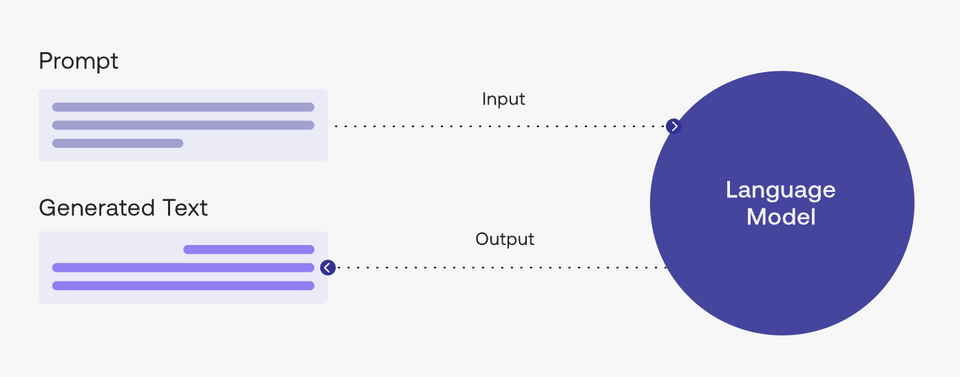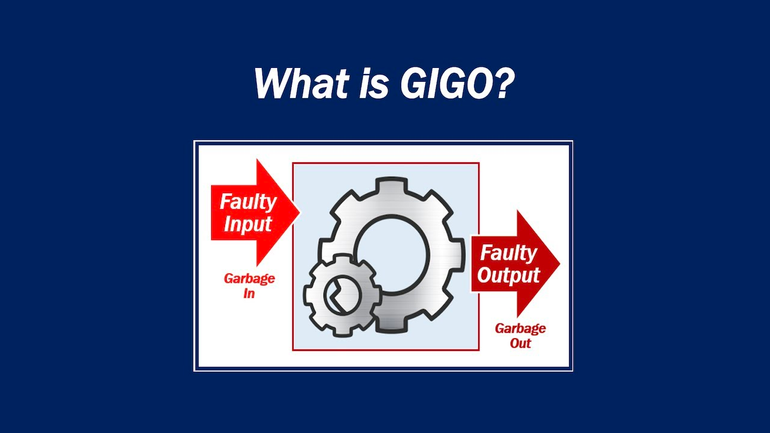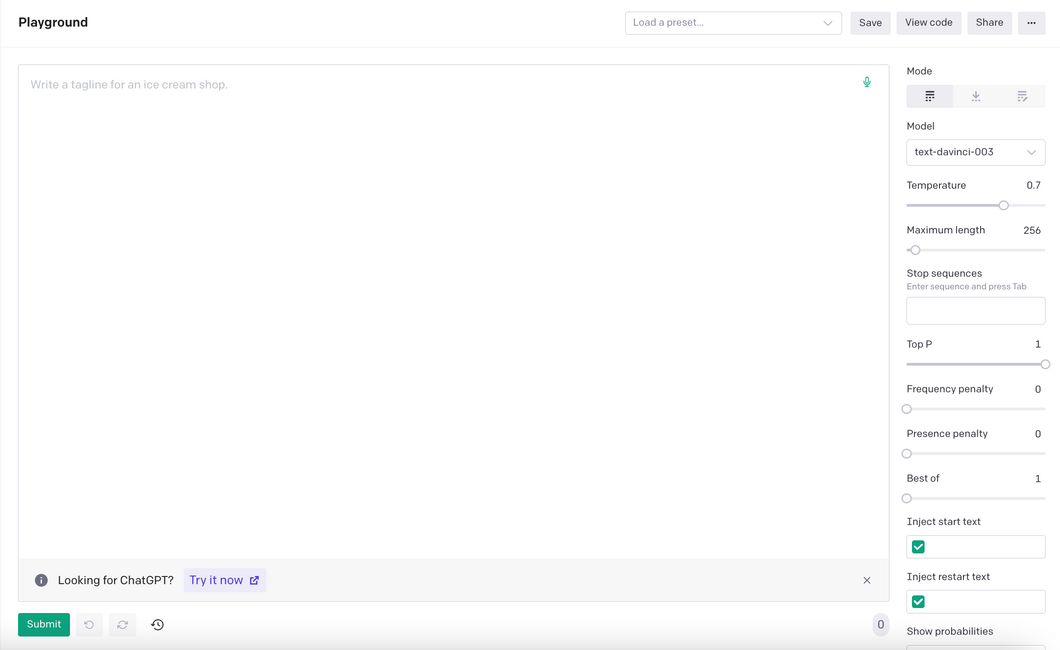Create unique mark with ChatGPT
Search and store tool for Chat GPT Prompt
Create unique and attention-grabbing mark with ChatGPT, a pre-trained language model by OpenAI for generating high-quality and precise content. Whether you're looking to enhance your brand presence or create compelling marketing materials, ChatGPT makes it easy to craft cohesive and memorable messaging. With its powerful language capabilities, ChatGPT can help you stand out from the competition and connect with your target audience in meaningful ways. Don't settle for generic messaging – let ChatGPT help you create unique and effective copy that gets results.
Create a Comprehensive Outline for Your [Title of Work]
![Create a Comprehensive Outline for Your [Title of Work]](https://spacewikif.nyc3.cdn.digitaloceanspaces.com/image-prompt/create-a-comprehensive-outline-for-your-title-of-work-Example.jpeg)
Write a comprehensive outline (include both points and subpoints) for a [book/article/essay] called '[Title of Work]'.
Creating Memorable and Concise Headlines for a Course or Program

Write memorable, concise headlines for a [course or program name].
Meet Your Marketing Savior: ChatGPT - Creating Catchy, Non-Promotional Instagram Captions That Sell!

Write an Instagram caption for a subscription-based [product/service name] promotional post. Use friendly, human-like language that appeals to a [target audience]. Emphasize the unique qualities of [product/service name], use ample emojis, and don't sound too promotional.
Creating a Marketing Campaign Using the Availability Heuristic

Please write a [type of text] outlining a marketing campaign that uses the availability heuristic to be aware of the importance of considering a wide range of information and not just relying on examples that are easily available or memorable. Identify any potential [biases and errors in judgment] that may occur due to the availability heuristic and create messaging and offers that consider a dive...
How ChatGPT Can Help Create an Inclusive Marketing Campaign Outline

Write a marketing campaign outline that avoids relying on stereotypes or typical examples when targeting [ideal customer persona]. Use the representativeness heuristic to consider the full range of information and avoid biases and errors in judgment. Use data and statistics to support the value of considering the full range of information.
Using the Representative Heuristic to Create a Marketing Campaign to Appeal to Your Ideal Customer Persona

Write a marketing campaign outline using the Representative Heuristic to appeal to the [ideal customer persona]. Identify the prototype or stereotype that represents the audience's expectations and experiences, and create messaging and offers that are similar to this prototype in order to increase conversion rates.
How the Anchoring and Adjustment Heuristic Can Increase Your Marketing Campaign Conversion Rates

Write a marketing campaign outline using the Anchoring and Adjustment Heuristic to present information in a logical and incremental way. Consider the audience's initial impressions and assumptions, and anchor the messaging and offers to these initial points. Then, make adjustments based on additional information in order to increase conversion rates.
Using the Pratfall Effect to Create a Humorous and Relatable Marketing Campaign Outline

Write a marketing campaign outline using The Pratfall Effect to create messaging and offers that highlight the imperfections or mistakes of the product or service in a humorous or self-deprecating way. Use this approach to make the product more relatable and appealing to the target audience, and to increase conversion rates.
Creating Compelling Text to Speak Directly to Your Ideal Customer Persona and Encourage Action on Your Website or Product

Please write a compelling [type of text] that speaks directly to my [ideal customer persona] and encourages them to take [desired action] on my [website/product].
Using ChatGPT to Create a Text That Will Inspire Your Ideal Customer Persona

I need a [type of text] that will make my [ideal customer persona] feel [emotion] about my [product/service] and convince them to take [desired action].
Using ChatGPT to Create a Text Solution for Your Ideal Customer Persona

I need a [type of text] that will address the pain points and needs of my [ideal customer persona] and show them how my [product/service] is the solution they've been searching for.
ChatGPT: Crafting the Perfect Email to Reach Your Ideal Customer Persona and Increase Sales

I'm looking for a [type of email] that will showcase the unique features and benefits of my [product/service] to [ideal customer persona] and persuade them to make a purchase.
Generate an Opinion about a Marketing Campaign Outline using the 'Hook-Story-Offer' Framework

Write a marketing campaign outline using the 'Hook-Story-Offer' framework to use a hook or attention-grabber to engage [ideal customer persona], tell a story to create an emotional connection, and then present an offer or call to action.
Create a Compelling Cold Email Subject Line to Attract Ideal Customer Persona and Persuade Them to Take Desired Action

I'm looking for a cold email idea that will attract the attention of my [ideal customer persona] and persuade them to take [desired action] with a unique and compelling subject line.
Generating an Opinion About the Content of a Cold Email Idea

I'm looking for a cold email idea that will provide a step-by-step guide on how to use my [product/service] and persuade my [ideal customer persona] to make a purchase with clear and compelling instructions.
Generate an Opinion about Cold Email Idea for Ideal Customer Persona

I need a cold email idea that will engage my [ideal customer persona] with a unique and compelling perspective on [subject] and persuade them to take [desired action] on my [website/product].
Generating an Opinion About a YouTube Video Idea to Showcase a Product/Service to an Ideal Customer Persona
I'm looking for a YouTube video idea that will go viral and showcase my [product/service] to my [ideal customer persona] in a creative and entertaining way.
Generating an Opinion about YouTube Video Idea for Ideal Customer Persona
I need a YouTube video idea that will both go viral and persuade my [ideal customer persona] to take [desired action] on my [website/product] with a strong call-to-action and compelling visuals.
Generating an Opinion about a YouTube Video Idea for a Product/Service
I'm looking for a YouTube video idea that will tell a unique and relatable story about my [product/service] and how it has helped [ideal customer persona] achieve their [goal].
Generate an Opinion about a YouTube Video Idea for a Product/Service
I'm looking for a YouTube video idea that will showcase the value and benefits of my [product/service] to my [ideal customer persona] and persuade them to take [desired action] with a strong offer and clear call-to-action.
What is “prompt engineering”?
A “prompt” is the input that guides a generative AI model to generate useful outputs. Generative AI tools like ChatGPT, GPT, DALL·E 2, Stable Diffusion, Midjourney, etc. all require prompting as their input.

In a natural language processing (NLP) context, “prompt engineering” is the process of discovering inputs that yield desirable or useful results. As is the story with any processes, better inputs yield better outputs; or commonly said another way “garbage in, garbage out.”


Become a prompt researcher instead of engineer
- If you’re already a subject matter expert in something, consider figuring out how to apply your personal skills to generating the best prompts in your field
- For example, if you’re an expert in SEO, what questions do you ask yourself when creating SEO strategies? How can you translate this knowledge into better prompts to generate the same level of output with AI?
Become a prompt researcher instead of engineer
- The term prompt engineer glosses over the idea that prompt formulation takes hypothesizing, research, result measurement, and repetition. Instead, approach prompting like a research project.
- Try as many different variations and formulations of your prompt as possible. One problem can have hundreds of solutions and one solution can have hundreds of approaches. The same can be said of prompting.